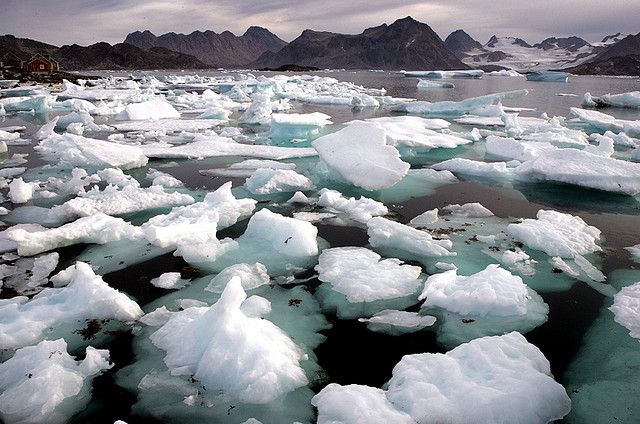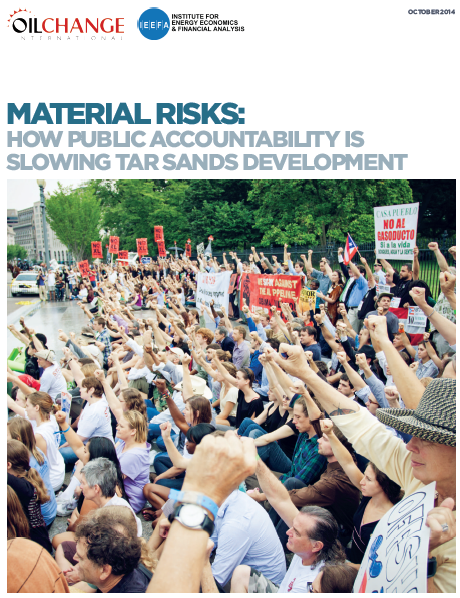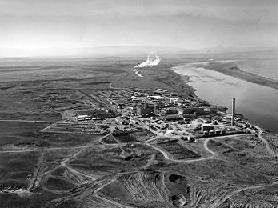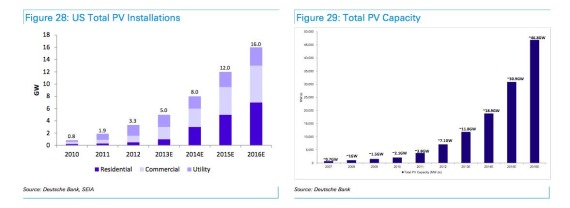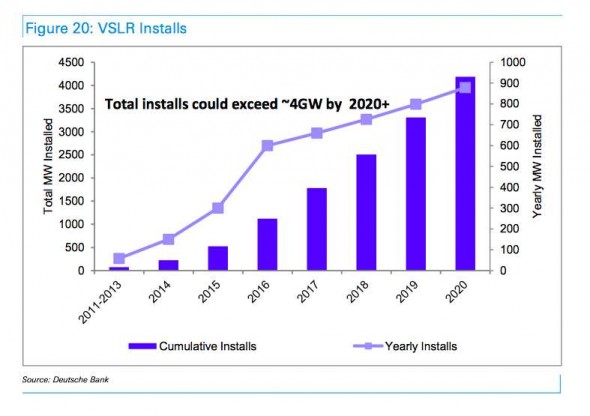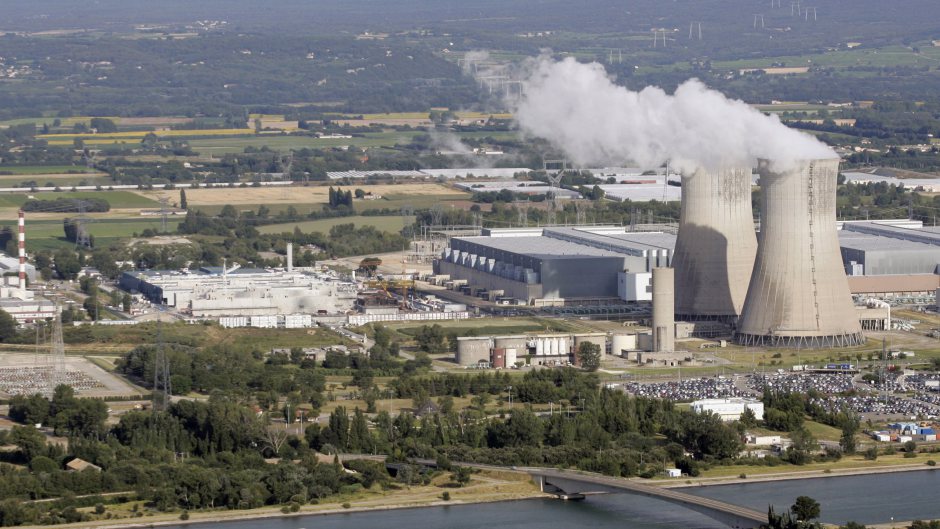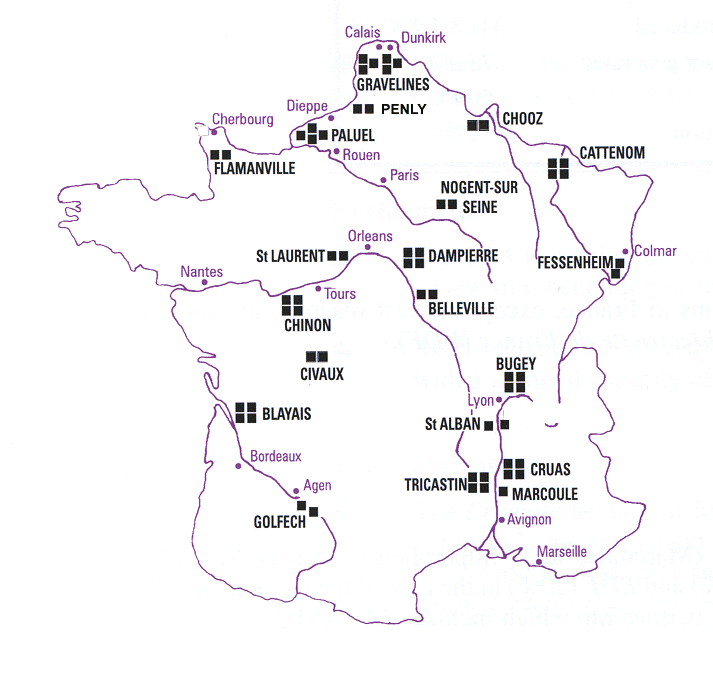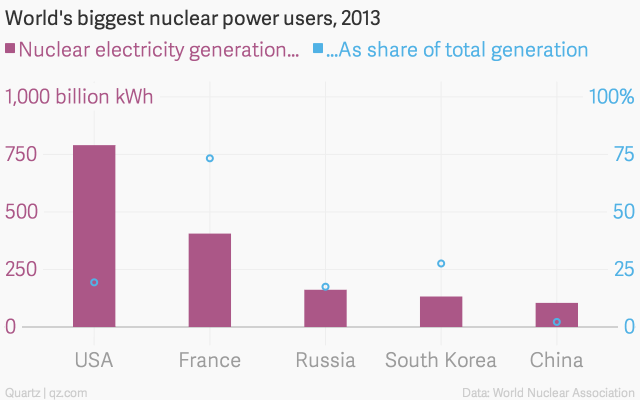reposted from OntarioCleanAir Alliance, Oct 30, 2014

Oct. 30, 2014 – Please pass this onto a friend!
High cost nuclear jobs The best argument the nuclear industry has is jobs - but they cost taxpayers $5.8 - $14 million per job!
The World
☢ Au revoir, nuclear power? France eyes an energy shift of its own France is looking to undo decades of nuclear power growth and instead boost energy sources like wind, solar, and small hydro projects. To shift from 75 to 50% nuclear, as many as 20 of France’s 58 reactors would have to be closed. That would leave Ontario as the most nuclear reliant jurisdiction on the planet.
☢ Zombie Alert: Yucca Mountain Radioactive Waste Dump Not Dead Yet Waste that must be containerized for a million years is the “animated corpse” that will forever haunt our clean, cheap too-safe-to-meter nuclear power complex.
☢ South Korean Court Ruling Could Spur Nuclear-Power Plant Suits In its ruling, the court cited a government-commissioned study in 2011 that showed women living within five kilometers of nuclear plants had 2.5 times higher incidences of thyroid cancer than women living 30 kilometers or further from the plants.
☢ Fukushima Radiation Nearing West Coast 5 minute video interview with Kevin Kamps on the ongoing spill of contaminated water flowing into the Pacific and the impacts on the food chain
☢ Lockheed Martin’s compact nuclear reactor? Yet more fusion fantasy Nuclear fusion is the stuff of science fiction. Doesn’t Lockheed Martin know we’re in a race against time with climate change? It’s planning to waste years of research, resources and money that must instead be devoted to clean, affordable and sustainable energy sources like wind and solar whose large scale deployment already underway today needs to move to an even greater scale if rapid carbon reductions are to be achieved.
☢ Obama Promised a “World Without Nuclear Weapons,” But May Now Spend $1 Trillion on Upgrades Democracy Now interview with Elena Sokova of the Vienna Center for Disarmament and Non-Proliferation.
☢ Uranium mining and health Why would physicians oppose uranium mining?
☢ The GPO calls on the Government to Cancel the Darlington Nuclear Rebuild 1 minute video with Green Party of Ontario leader Mike Schreiner
Renewables and Conservation
☼ Micropower’s Quiet Takeover Small-scale, low-carbon generation now produces one-quarter of world electricity. Besides being cost-competitive and rapidly scalable, micropower releases little or no carbon yet enables individuals, communities, building owners, and factory operators to generate electricity, displacing dependence on centralized, inefficient, dirty generators. This democratizes energy choices, promotes competition, and speeds learning and innovation.
☼ Time for a global treaty on energy efficiency Forget global emissions targets: heads of state should be lining up to sign a global treaty to double the world’s energy productivity. Eliminate energy waste by increasing energy efficiency.
☼ Kenya Opens World’s Largest Single Turbine Geothermal Plant Geothermal electricity generation is currently used in 24 countries, while geothermal heating is in use in 70 countries. El Salvador, Kenya, the Philippines, Iceland and Costa Rica generate more than 15 percent of their electricity from geothermal sources. Geothermal energy is regarded as clean energy, as the heat extracted from the Earth is negligible.
☼ Bangladesh non-profit brings household solar systems to millions of Bangladeshis The success of Grameen Shakti’s household solar system shows that the developing world is ready to leapfrog traditional grid infrastructure
Take Action!
☢ Please send a letter to the Premier right now urging her to strike a deal with Quebec. Water power imports from Quebec can replace the Darlington nuclear rebuild at a fraction of the cost.
☢ Nuclear Waste in Our Water?! Please sign the petition to oppose burying nuclear waste on the shore of Lake Huron.
☢ Declare Japan’s Fukushima Meltdowns a “Level 8” Nuclear Disaster Sign the petitions calling for a global response.
☢ Stop OPG’s 30% price increase With a few clicks you can let all the ON Party Leaders know that you oppose OPG’s 30% nuclear price increase and that you favour lower-cost and greener options to meeting our electricity needs. Learn more here, sign here, order free leaflets here.
☢ Quebec imports can save us $1 billion per year As our new pamphlet explains, importing clean hydro power from Quebec is a much cheaper way to meet our electricity needs than re-building the Darlington Nuclear Plant. Order free copies today to distribute to your neighbours, family and friends.
☢ President Obama: support a nuclear weapons-free world, as promised Please sign the petition.
Events
☢ Voice of Women for Peace Annual Conference: Conflict and Climate – Changing Course NOW Nov. 7 - 9, Toronto
☢ The Politics of Decay: Nuclear Nationalism with Emily Simmonds, Wed. Nov. 12, Rm 140, University College, 15 Kings College Circle, University of Toronto
☢ Ontario Geothermal Conference Nov. 13 & 14, Gravenhurst, Ontario
☢ Summit for a Nuclear Free Future Nov. 14 – 17, Washington DC
☢ OCCA’s Jack Gibbons speaks at Green Party of Ontario event Nov. 25, Toronto
☢ Quietly Into Disaster Film screening Thur. Nov. 27, 7 p.m., downtown Kitchener with Angela Bischoff, OCAA and CREW
☢ World Uranium Symposium and Film Festival, April 13 - 16, 2015, Quebec City

